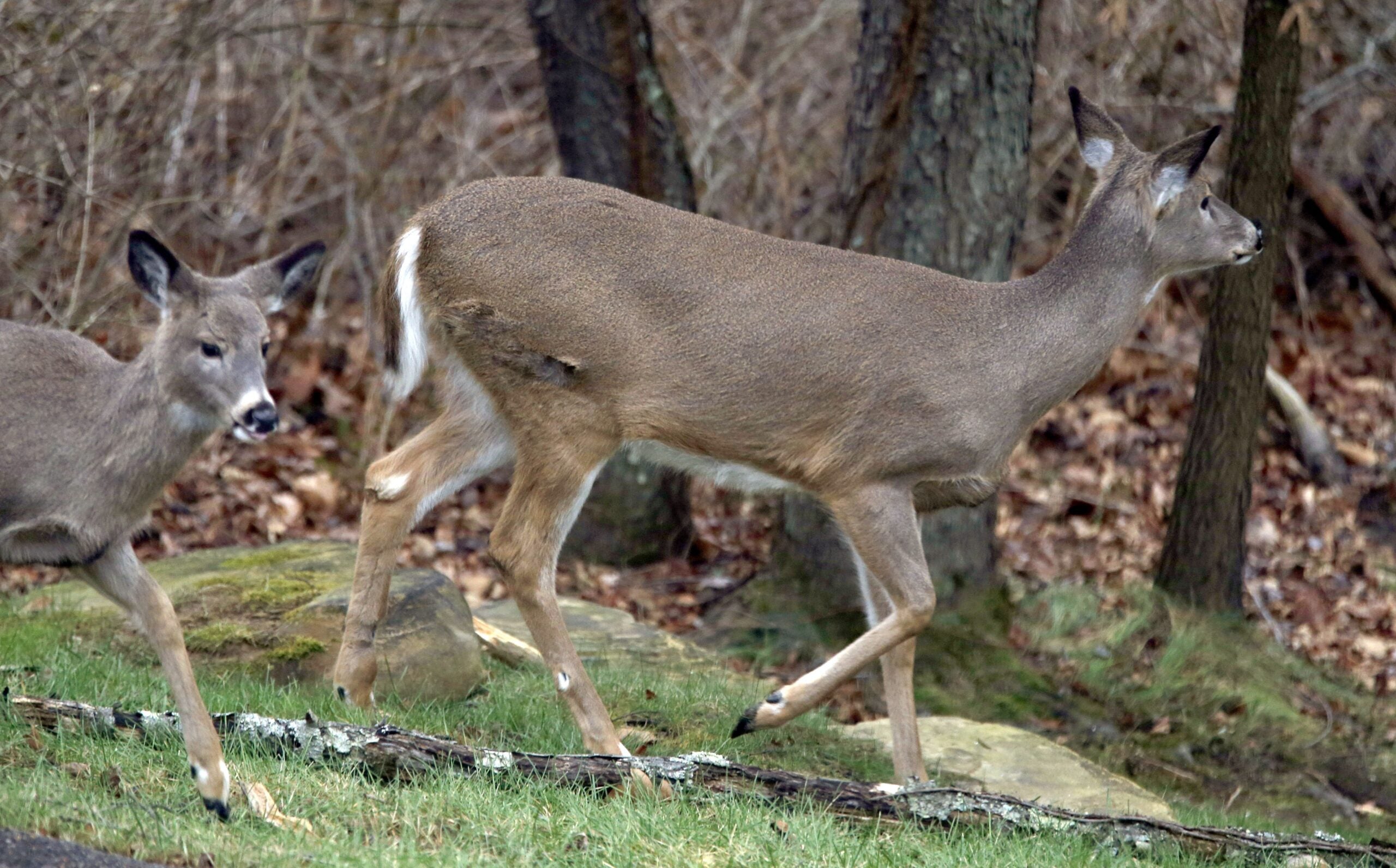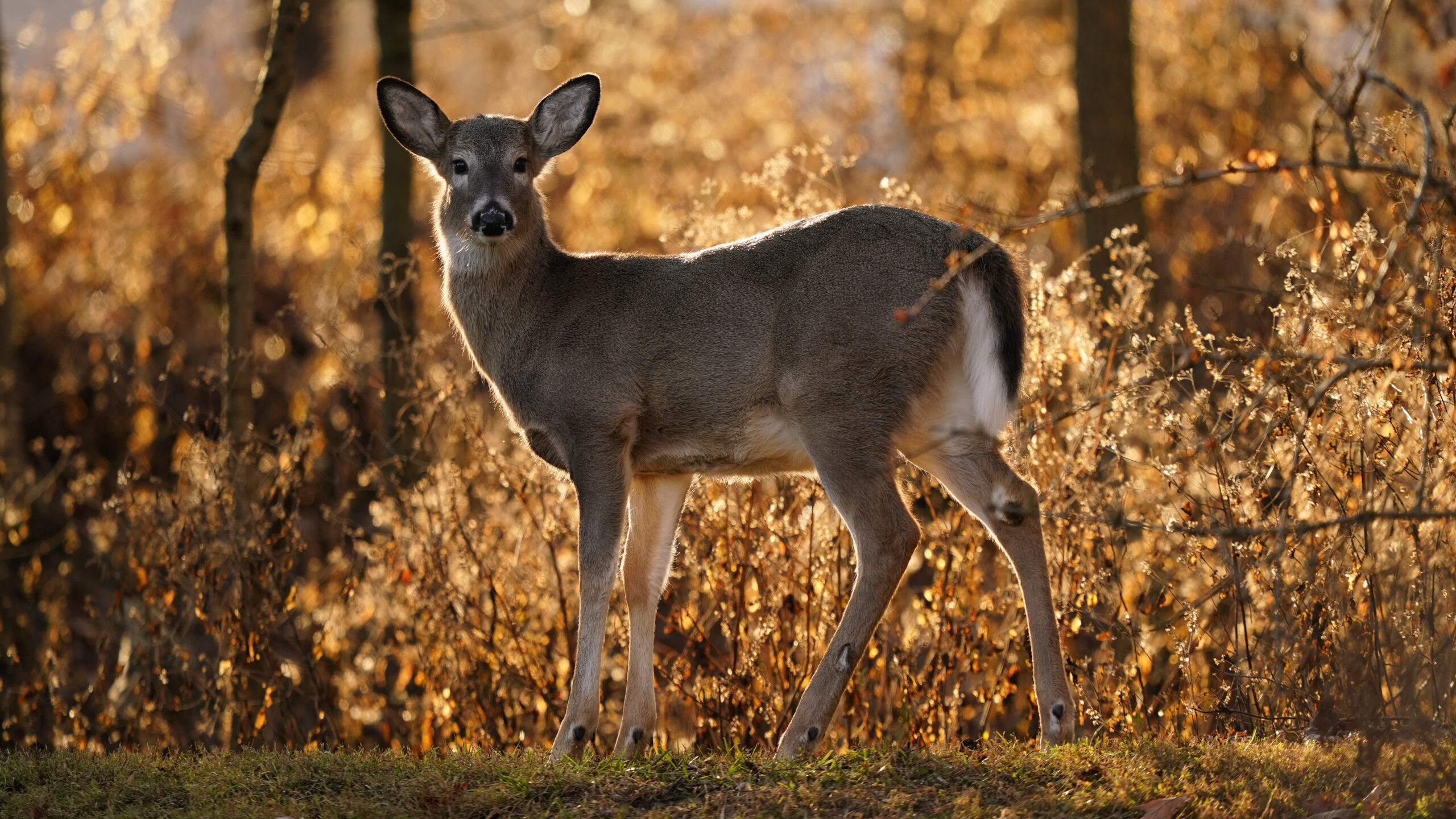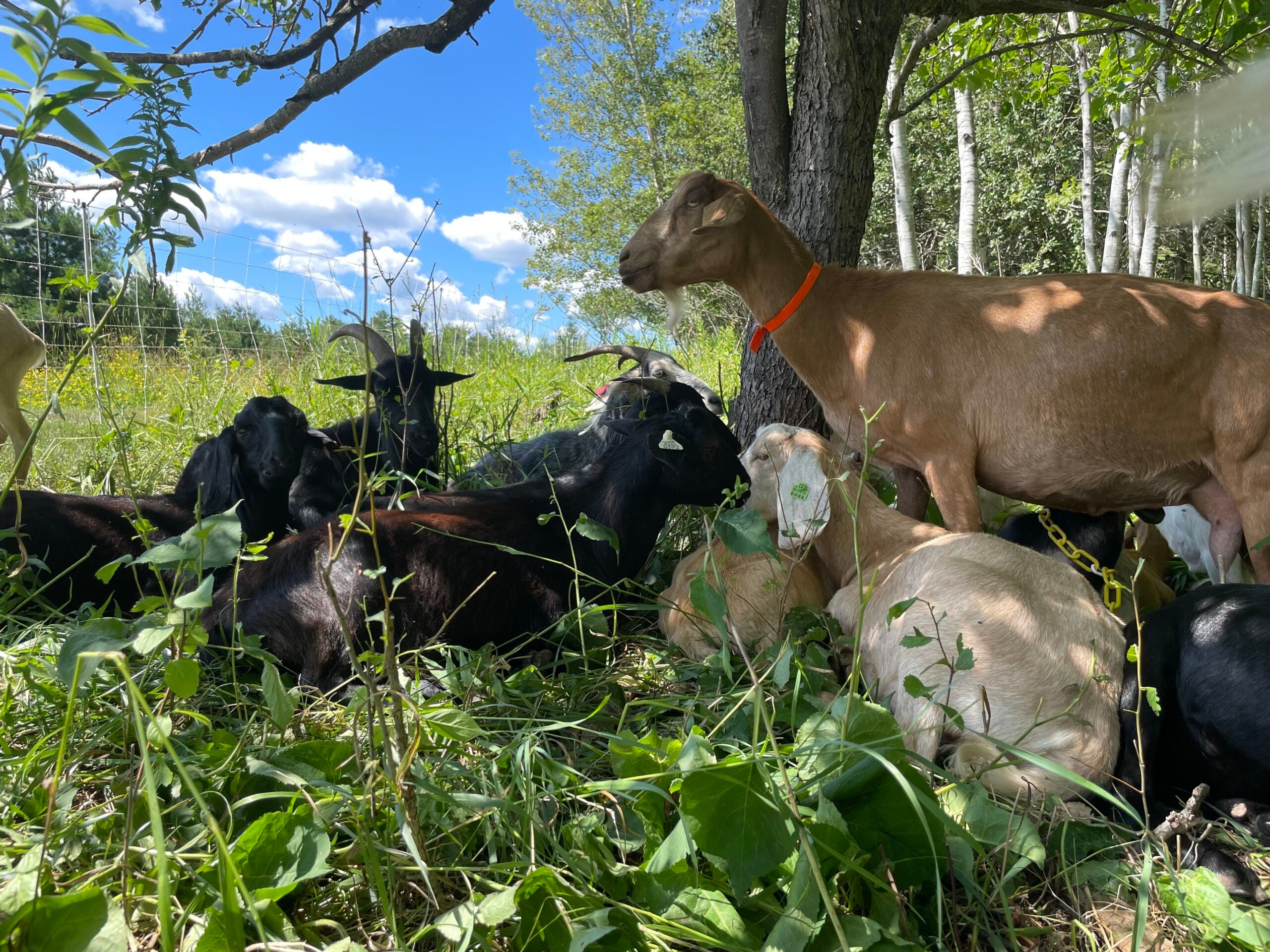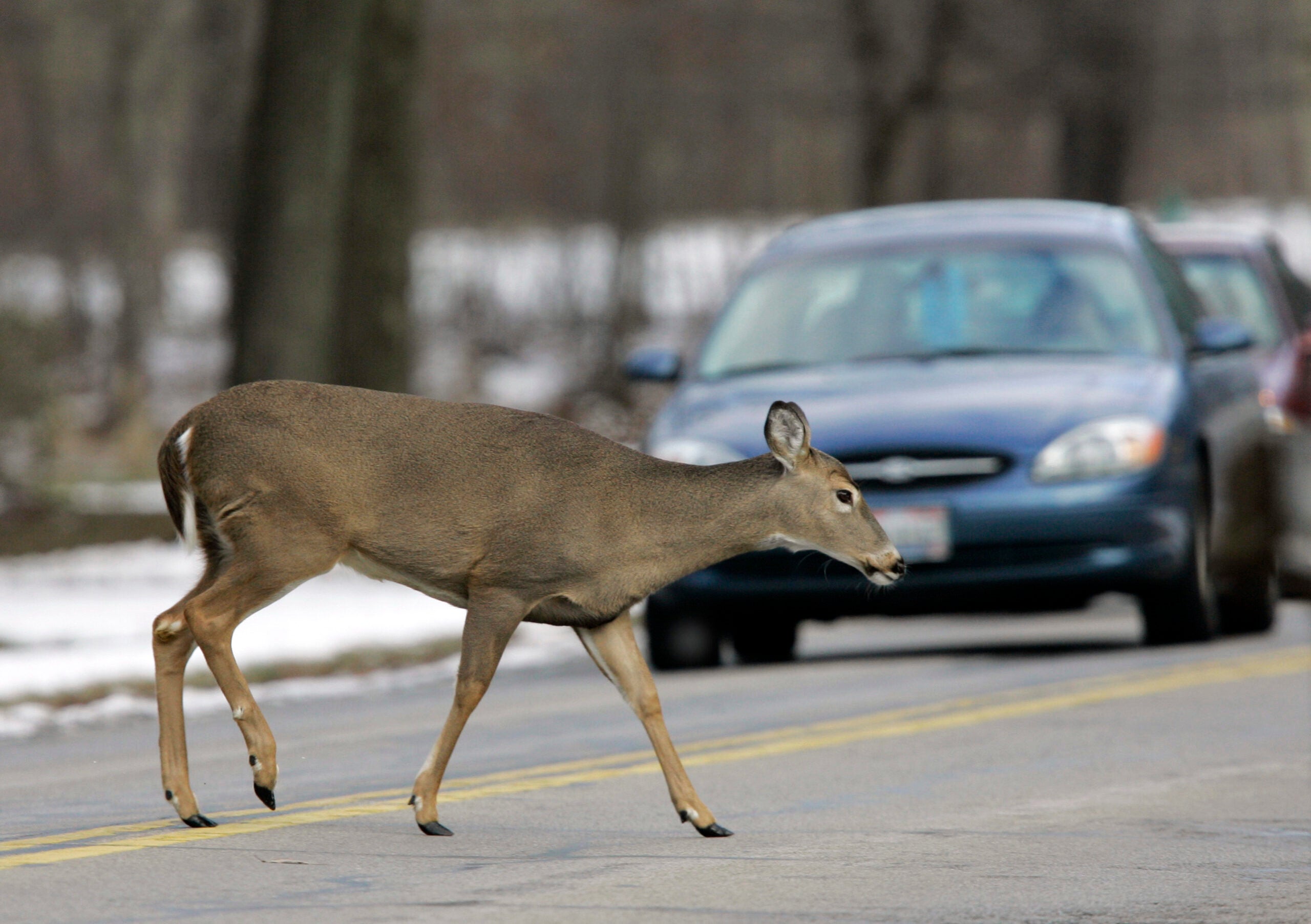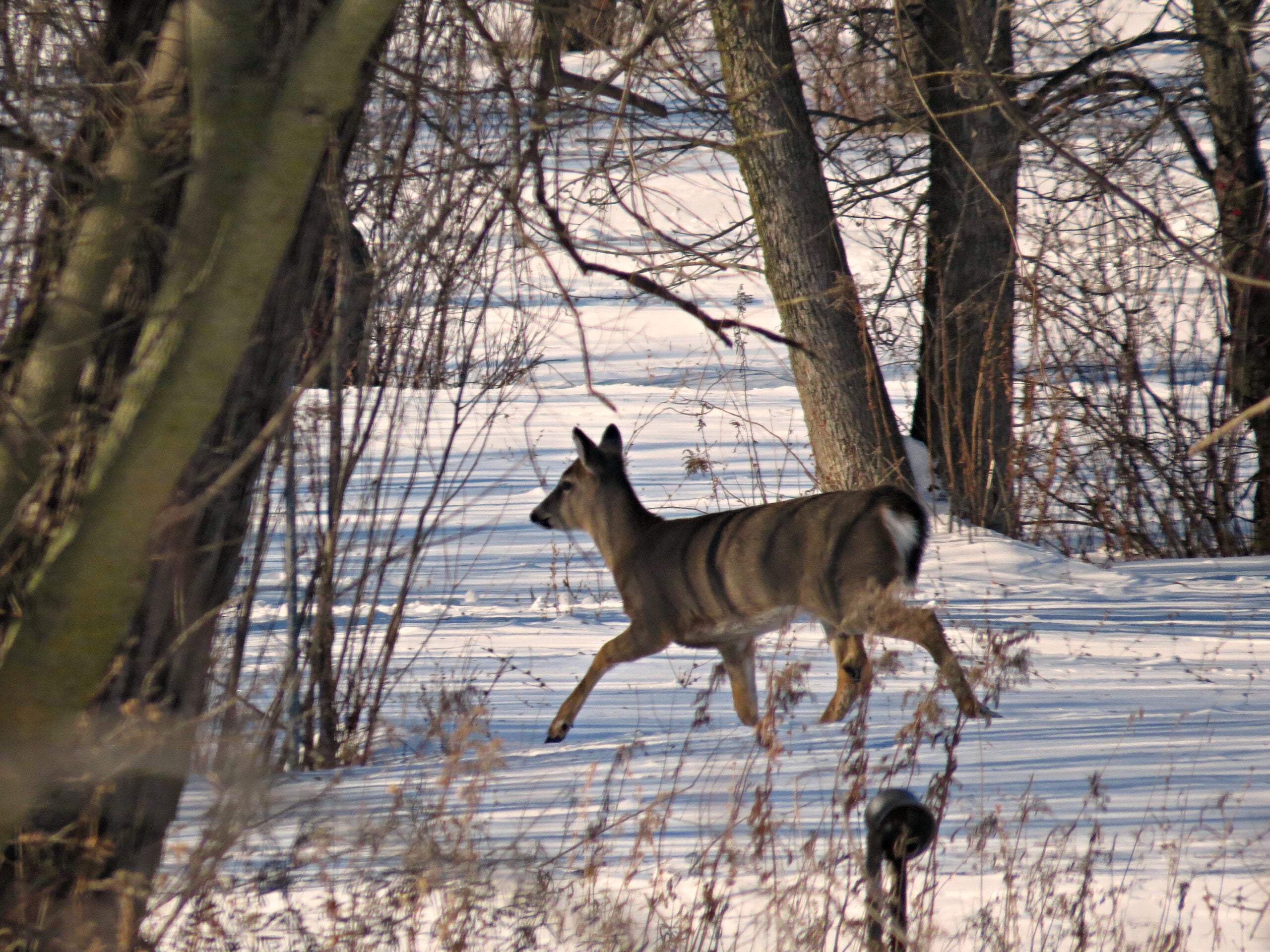New research out of the University of Wisconsin-Madison suggests an overpopulation of deer is having a long-term impact on the state’s forests.
Biologists have long known that an overabundance of deer negatively affects the number and diversity of plants in our forests. But a new study headed by PhD candidate Autumn Sabo of UW-Madison suggests it’s also changing the soil beneath the forest floor. She took samples from test plots, which have been fenced off from deer for up to 20 years and found less soil compaction and a thinner layer of depleted soil called a leach zone.
“So, the thickness of this low-nutrient layer appears to influence the abundance of forest plants including species like lilies and violets,” Sabo said.
Stay informed on the latest news
Sign up for WPR’s email newsletter.
Sabo said she suspects this is because deer eat hardwood tree saplings, which lead to thinner “leach zones” but to find the exact correlation more study is needed.
Sabo said before European settlement it was estimated there were around eight deer per square mile in Wisconsin but there were twice that nearby the test plots she studied. In some counties Sabo said there are now as many as 72 deer per square mile. She said her findings show that the impact on forests from an overpopulation of deer go far beyond what they eat.
“So, these changes in growing conditions might serve as a legacy of deer overabundance and that could influence how well the forest recovers even if we are able to reduce deer numbers,” Sabo said.
Sabo’s research, which began in 2011, focused on test plots in the Peninsula State Park in Door County and the Ottawa National Forest in Michigan’s Upper Peninsula.
Wisconsin Public Radio, © Copyright 2025, Board of Regents of the University of Wisconsin System and Wisconsin Educational Communications Board.
